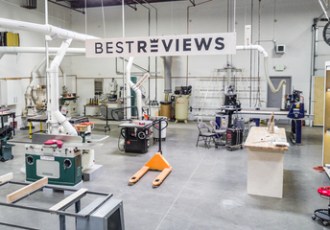BestReviews is reader-supported and may earn an affiliate commission. Details
We recommend these products based on an intensive research process that's designed to cut through the noise and find the top products in this space. Guided by experts, we spend hours looking into the factors that matter, to bring you these selections.

Updated September 2025
Ready to buy now? Shop the best:
Get emails you’ll love.
Learn about the products you’re wondering if you should buy and get advice on using your latest purchases.
